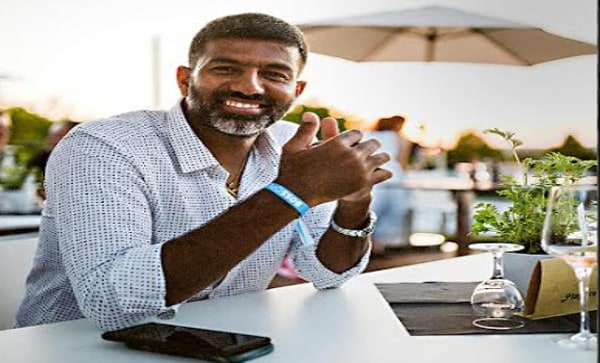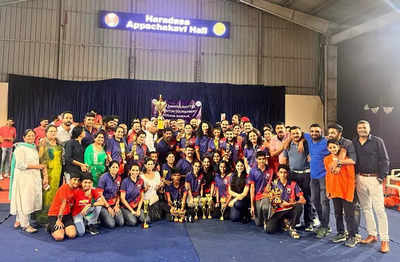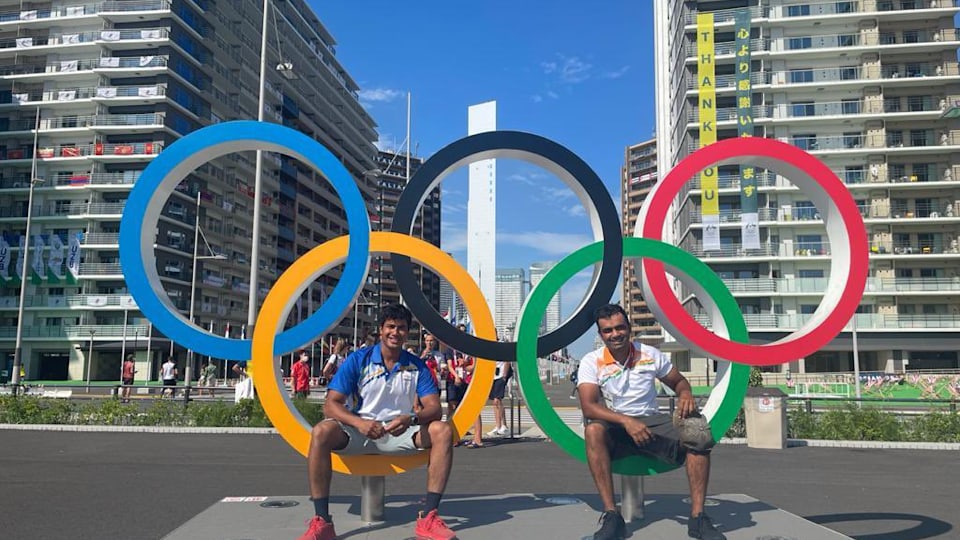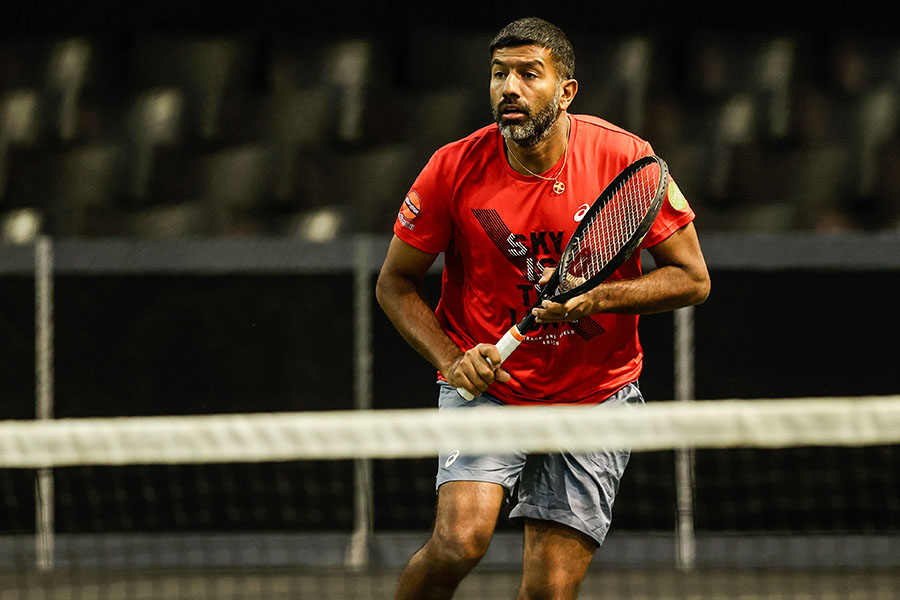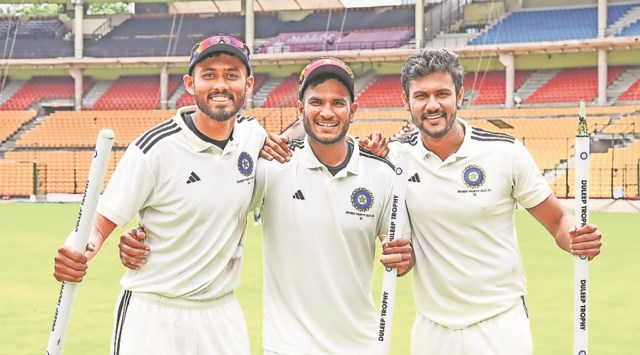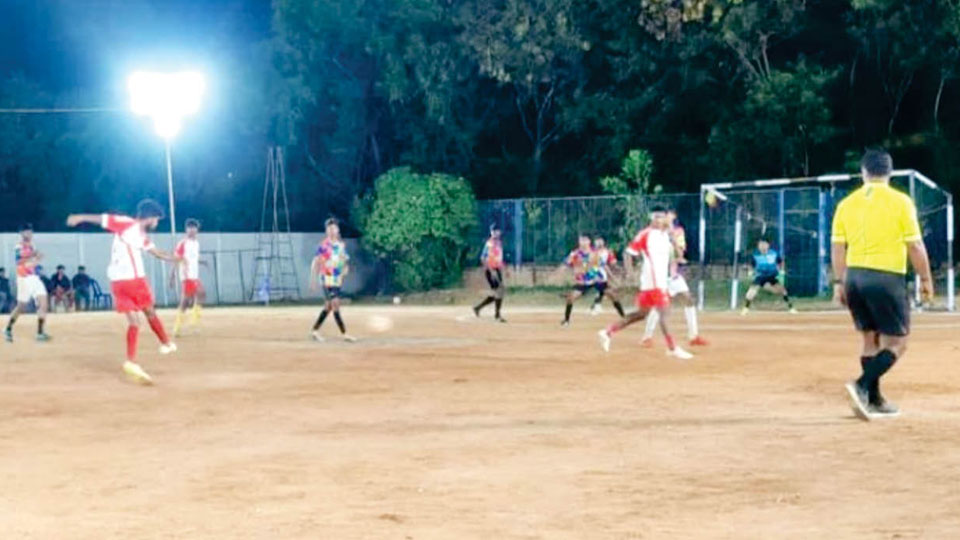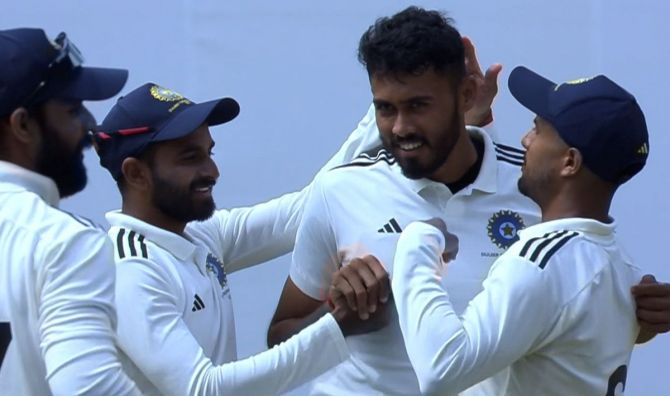Ashwini Ponnappa, who has achieved many firsts for Indian badminton, is drawing new energy from her 20-year-old partner Tanisha Crasto. But the 33-year-old says her biggest challenge is to stay motivated.
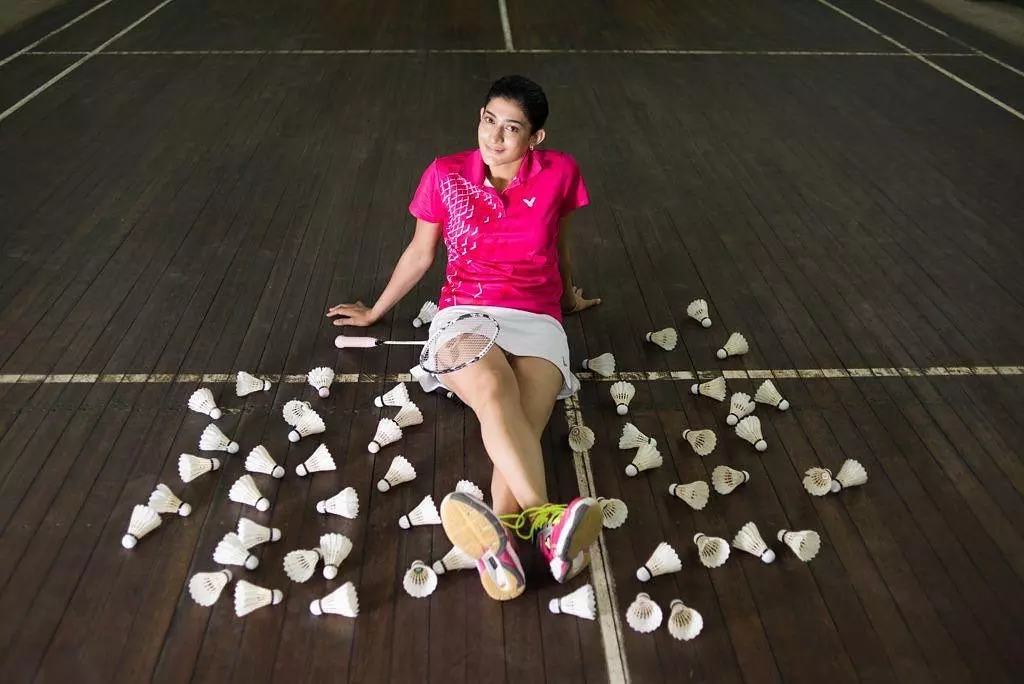
Ashwini Ponnappa is unbothered about her age. An average female shuttler retires at 28, but Ashwini, even at 33, does not see any reason for slowing down. She does not let the thought of retirement sneak into her mind either. Having recently taken up the fresh challenge of playing two intense and physically demanding disciplines – women’s and mixed doubles – instead of one, Ashwini says she ‘finds solace’ in distributing her priorities. “It is not easy to play two events, but it is something that I want to do at this point, I kind of find solace in playing two events rather than one,” Ashwini told The Bridge.
Ashwini broke her long-standing and rather futile partnership with N. Sikki Reddy last year, following her highly successful one with Jwala Gutta which ended in 2016. She tried her hands at pottery and commentary before embarking on a fresh challenge by pairing up with Tanisha Crasto, 13 years younger than her. To put the matter into perspective, when Ashiwni had won her first title – the national sub-junior girls’ doubles gold in 2004 – Tanisha had been in her nappies.
A partner in the mould of a mentor
Ashwin admitted that the trickiest thing for her now is to stay motivated. But Tanisha’s exuberant presence is not allowing her to lag behind. “As you get older, things get tricker. When you are young, you have time on your side, enthusiasm. For me, the challenge right now is to look after my body and keep my mind fresh. And to keep going, keep pushing and keep having that belief and hope that ‘yes, you are going to get that result, again’,” Ashwini said. “It’s tricky, especially when it comes to getting to the stadium and training every single day. The glimmer of hope is that I always believe something good is going to come my way. And starting over with a young partner is a motivating,” she stated.
Being a senior player, Ashwini is more than just a partner in this new partnership. “I love the energy and enthusiasm that she (Tanisha) brings in to the court. Partnering with her is quite fun, because she always wants to do well. And she is very gritty on court. Our age gap does not matter on court. Of course, since I have played for such a long time, I tend to be more like a mentor,” she said. But Ashwini ruled out having any seniority complex. “But having said that, when you are on board, you cannot have a seniority complex. At the end of the day, you are in a partnership irrespective of how big the age gap is,” added the shuttler.
Even though the Ashwini-Tanisha partnership is at a nascent stage now, the combination has started clicking. They claimed their first International Challenge title in Nantes, France, in June. They were also part of India’s mixed team silver medal-winning squad at the 2022 Commonwealth Games. Ranked 56th in the world, Ashwini-Tanisha is the second-choice women’s doubles pair for India after Treesa Jolly-Gayatri Gopichand. The pair will next be seen in action at the Asian Games in Hangzhou in September. However, Ashwini is no longer in the reckoning for the Olympics or BWF World Championships, as she has slipped out of the top 32. “We just started playing in January. Unfortunately, we have not played too many tournaments. But I am very happy with the fact that we won the Nantes International Challenge. We are just getting started, we have a long way to go,” Ashwini asserted.
Juggling between challenges Her women’s doubles career is already legendary, but Ashwini’s transition to mixed doubles has always been challenging. “Switching to mixed doubles has always been a challenge. It is easier to have a woman on your side and also one at the back of the court. I have been a women’s doubles specialist in my career so far. I have always been known as a player who is predominantly at the back of the court rather than front,” explained Ashwini. “The most obvious difference is that in mixed doubles, you always find the girl at the net,” she said.
But, Ashwini, like always, is not willing to give up. “I think I have adapted over the years, which also requires me to move into the net. It’s not natural for me, but I have learnt to make the transition to the back of the court,” she said about the challenge of playing mixed doubles. This challenge is precisely the reason her partnership with B. Sumeeth Reddy has not taken off yet. In the mixed-gender event, they are ranked 64th and are yet to taste success. This is the latest of Ashwini’s many attempts to make her mixed doubles career fly. She had previously paired up with Satwiksairaj Rankireddy, to whom she attributed the speed and power of her smash. But that partnership was severed soon as Satwik specialised in men’s doubles and gave up on mixed doubles.
As she is ranked outside the top rung, Ashwini is no longer a sure shot on the World Tour; she features regularly in the qualifiers. This makes her newest journey more strenuous, as she has had to juggle between smaller tournaments for ranking points, where she often plays too many matches in a day. “If I am playing the bigger tournaments, it is not much of an issue because there is enough time. But if I am playing the smaller tournaments, which we have to since we do not really have a good ranking, there are times when you could end up playing three to four matches in a day,” said Ashwini.
Pride of Indian women’s doubles
Ashwini has been a trailblazer in Indian women’s doubles along with Jwala. The duo achieved many firsts for Indian doubles, by winning Commonwealth Games gold and BWF World Championships bronze. In fact, for 11 years, Ashwini and Jwala were India’s only doubles pair to win a medal at the Worlds before Satwiksairaj Rankireddy and Chirag Shetty – pioneers in men’s doubles – matched their feat in 2022 in Tokyo.
strip
“We were the first to win the bronze medal at the World Championships. And we were the first ones to win a bronze medal overall in 28 years. It was a very special moment for us. The best part for me was that we enjoyed the entire tournament. The icing on the cake was the bronze medal,” Ashwini said.
Ashwini welcomes changes in women’s doubles
Though she finds herself out of favour in the Indian badminton contingent in top-notch events, the seasoned star is delighted with the changes in Indian women’s doubles, which has emerged from an earlier archaic philosophy to become an attractive discipline for youngsters.
“When I started, I did not want to play doubles. I was more interested in women’s singles. I was asked to choose it. But over the years, I have proved myself as a women’s doubles specialist,” said Ashwini.
She welcomes the recent trend where more players are taking up the discipline and sponsors are supporting their bids. India now has two women’s doubles pairings in the top 50. There are five more in the top 100, including Ashwini-Tanisha at 56.
“It has evolved quite a bit in the last decade, especially the last few years. Especially after the Covid-19 pandemic. Youngsters are being pushed towards doubles and sponsors are supporting them. In the past, only one or two pairs were sent and not a lot of pairs went on their own. This has changed drastically,” observed Ashwini.
However, Ashwini finds the latest BWF World Tour hectic, where shuttlers are forced to compete for ranking and Olympic qualification points round the year.
“It gets really overwhelming at times. It is hard to find the right gap for a break. It would be nice if we have a streamlined year, where we would also get an off season. But I would say the sport is growing the way it should grow. There’s always good and bad, it depends on how you look at it,” opined Ashwini.
source: http://www.thebridge.in / The Bridge / Home> Badminton / by Sudipta Biswas / August 27th, 2023
